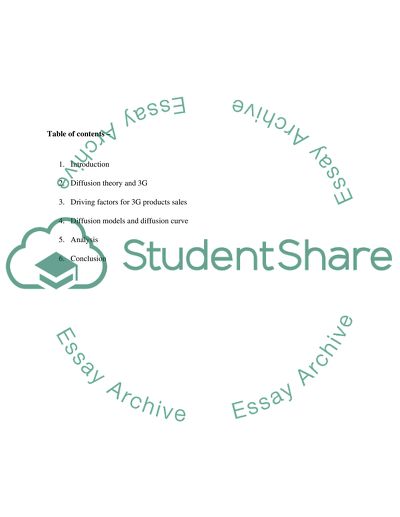Cite this document
(“Diffusion of 3G Products and Technologies Essay”, n.d.)
Retrieved from https://studentshare.org/technology/1499230-diffusion-of-3g-products-and-technologies
Retrieved from https://studentshare.org/technology/1499230-diffusion-of-3g-products-and-technologies
(Diffusion of 3G Products and Technologies Essay)
https://studentshare.org/technology/1499230-diffusion-of-3g-products-and-technologies.
https://studentshare.org/technology/1499230-diffusion-of-3g-products-and-technologies.
“Diffusion of 3G Products and Technologies Essay”, n.d. https://studentshare.org/technology/1499230-diffusion-of-3g-products-and-technologies.


